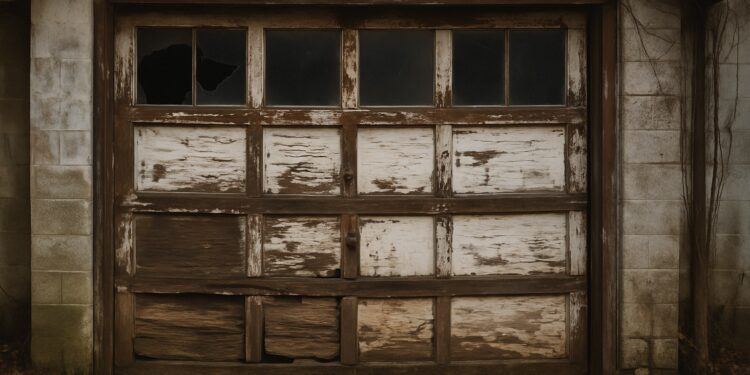If you’re living in Calgary—or anywhere with a cold snap that can freeze your bones before breakfast—you know your garage door isn’t just a convenience. It’s a security barrier, a windbreak, and sometimes your last line of defense between your stocked supplies and the rest of the world.
For real preppers, every part of your home should be able to take a hit, especially your garage. It’s where you store tools, maybe your generator, maybe your secondary food stockpile—or maybe your exit vehicle if SHTF. So when that garage door starts acting up, you don’t just call someone. You handle it. Or at least, you try.
Here’s how a real prepper approaches garage door repairs—Calgary-style.
1. Diagnose Like You Mean It
First off, don’t assume the worst. Garage doors can fail in multiple ways, and most of them don’t require a full replacement. Is it stuck halfway? Making a grinding noise? Remote not working?
Start with the obvious:
- Power source: Make sure the opener is plugged in and hasn’t tripped a breaker.
- Tracks and rollers: Look for debris, rust, or misalignment.
- Springs: If your torsion spring snapped, you’ll hear it. It sounds like a gunshot.
- Cables: Frayed or slack cables are a safety hazard.
- Sensors: Calgary dust, ice, or spider webs can throw off your photo-eye sensors.
A smart prepper always inspects before tearing things apart.
2. Manual Override: Your Immediate Backup
If you’re locked in (or out), use the manual release. Pull that red cord hanging from the opener rail—this disengages the motor so you can lift the door manually. But do not do this if your springs are broken, unless you enjoy the sound of slamming metal and cracked concrete.
Always keep your emergency tool kit nearby. WD-40, a wrench set, heavy-duty gloves, and a sturdy ladder should be at arm’s reach in the garage.
3. Lubrication and Maintenance
Most people don’t lube their garage doors until it’s too late. But a prepper knows that prevention saves money and time.
Apply silicone-based lubricant to the rollers, hinges, springs, and tracks. Don’t use grease—it gums up in the cold. Clean out debris from the tracks and tighten any loose bolts while you’re at it.
Do this every six months, especially in climates like Calgary where temperature swings are brutal.
4. Torsion Spring Repairs: High Risk, High Reward
Now we get to the serious stuff. Torsion springs are under immense pressure. If one breaks, your door may become nearly impossible to lift. Some handy folks attempt to replace springs themselves. It’s doable—if you have the right tools, solid instructions, and an understanding of the danger.
But make no mistake: these things can maim you if handled wrong. If you don’t know how to brace the shaft or use winding bars correctly, you’re better off not winging it.
Still, if you’re set on self-reliance, research thoroughly, wear protection, and go slow.
5. Cold-Weather Hacks for Calgary
Frozen weather messes with sensors, springs, and even your garage floor. Calgary’s freeze-thaw cycles can make the door stick to the ground or jam tracks with ice.
- Insulate your garage door with foam panels—saves heat and reduces mechanical stress.
- Install a heater near the tracks if freezing is constant.
- Use calcium chloride instead of salt around the base—it’s less corrosive to metal and concrete.
6. Know When to Call the Pros
A true prepper handles what they can—but also knows when to wave the flag. If your garage door opener has fried circuitry, if both springs are down, or if the door is hanging off one side like a drunk moose—get help.
You don’t need to be the hero when your safety or long-term property value is on the line. Sometimes, calling a trusted Calgary garage door repair professional is the most prepper thing you can do—because you’re not risking injury, wasting time, or making the problem worse.
Final Thoughts
Being a prepper doesn’t mean rejecting help. It means staying ready, resourceful, and realistic. Garage doors may not be glamorous, but they’re part of your perimeter. They protect your gear, your supplies, and sometimes your peace of mind.
So whether you’re patching it yourself or calling backup—always treat that garage door like part of your survival plan. Because one day, it just might be.
You may also like:
 18 Vintage Homesteading Tools to Search for at Garage Sales
18 Vintage Homesteading Tools to Search for at Garage Sales
10+ Survival Skills That Our Grandparents Knew (Video)





















